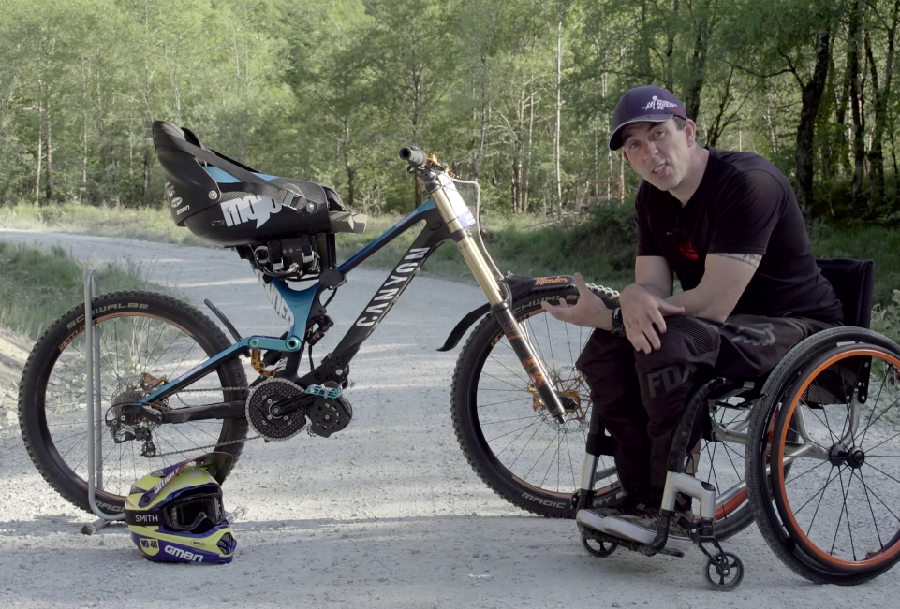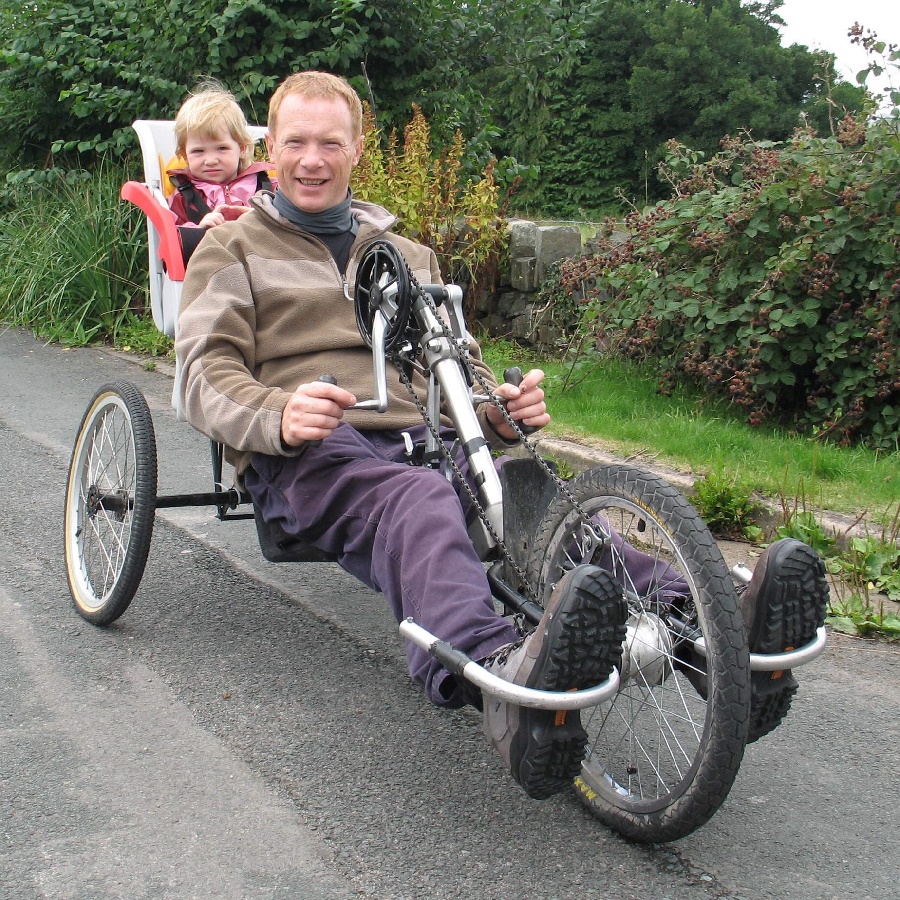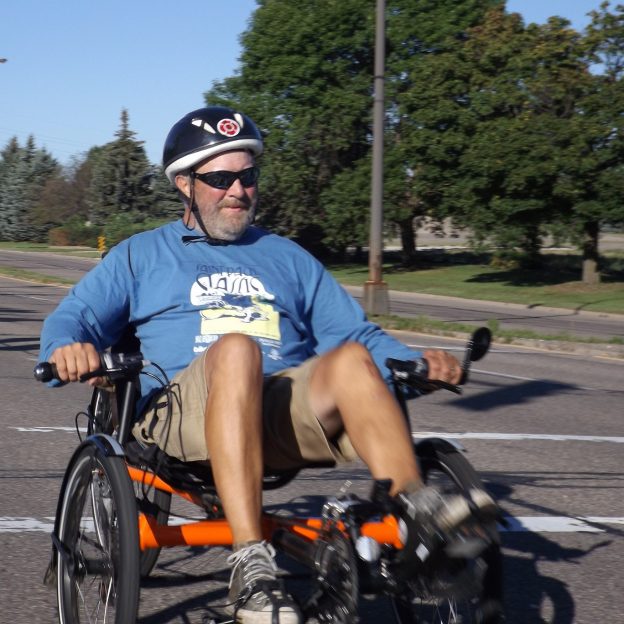by Helen Young
Did you know leading a sedentary lifestyle is as dangerous as smoking 20 cigarettes a day? Coronary heart disease (CHD) is the USA’s biggest killer and is responsible for one in every four deaths. A recent study in England found that smoking causes 19% of CHD deaths while getting little or no exercise caused a whopping 37% of the deaths there. Simply put, being a couch potato or inactive is a deadly problem globally, but there are options to stay active.
The answer is everyone should get more exercise and stay active. And, even if you can’t walk, may have a balance issue, or if your feet won’t stay on the pedals, cycling may still be a possibility.
Why Cycling is a Way to Stay Active
The truth is cycling is a brilliant way to stay active because it is less strenuous than walking. It can double as a mobility aid, create a mode of transportation while maintaining independence. It also gives a person with a disability a gentle workout. This is something that is vitally important for those who are more prone to the development of chronic health conditions. Staying active also triggers the body to produce endorphin’s, a powerful natural painkiller that can reduce the dependence on medication.
About Adapted Bikes

Martyn Ashton’s was once a world champion trials mountain bike rider. Now one of his greatest achievements is staying active in a sport he loves after a crash left him paralyzed below the waist. -photo from VeloNews.com
If it’s impossible to ride a standard bike, there are plenty of adapted bikes available to stay active. Another option is to have a bike especially for you, although this is more expensive. Custom made bikes are built exactly to your body size and requirements so they are supremely comfortable options to stay active.
Some Adaptive Bike Options to Stay Active
The Tricycle
These are three-wheeled bikes that provide more stability and are good for people who have balance problems or lack the confidence to ride a two-wheeler.
Considering a Hand Cycle
These cycles have the pedals placed at chest level so that the rider can operate the pedals with his or her hands instead of feet. This is useful for people who have poor muscle control and have a limited range of movement in their feet. Handcycles come in standard two wheel designs as well as three and four wheels. Three-wheeled hand cycles are the most common.
Tandem Bikes
A bicycle built for two is also useful if you might need someone to take over the controls for you. Or you get tired easily and don’t want to cycle on your own. If you have a sight impairment a tandem bike makes it easy to have a sighted partner next to you. Tandem’s are available with standard foot pedals and also in hand pedal varieties.
Power Hand Cycles
Power hand cycles are the very latest in bike technology. If you don’t want to make your arms ache by doing all the pedaling manually, you could get a power hand cycle. These use battery power to help you get around faster or ascend hills with minimum fuss.
Wheelchair Cycles
There are different varieties of wheelchair cycles, where the front portion of a bike can be connected to the wheelchair to transform it into a cycle. There are manual types as well as battery enhanced power ones. Some bikes have the capacity to have a wheelchair attached to their front. Although this means that the wheelchair user wouldn’t actually do the cycling him or herself.
And Recumbent Cycles
These bikes have a seat in the reclining position and are good for people with chronic health conditions like arthritis and back pain. There is less chance of a repetitive strain injury as weight is more evenly distributed since the back is better supported
To Get Started
If you’re not sure whether you can take up cycling to stay active, try one before you commit to buying an expensive bike. Ask your local bike shop or a health department in your community. They can assist in providing or suggesting options for an accessible bike to try. There are also some private groups that rent out adaptive bikes, such as the Adaptive Sports and Recreation Cycling Center. Another option would be to approach a mobility aid store or ask a disability advocacy group for advice.
Where to Cycle

An adapted bike that allows this rider to spend time with his family out on the trail.
For information about the most accessible cycle routes to stay active, you can ask the local health or Parks & Rec Department. They will have details of your nearest cycle lanes. Dedicated cycle lanes for people with disabilities are usually spacious and can be less intimidating than riding on the main roadway. The American Disabilities Act has recently been amended to allow for motorized disability aids and electric bikes on such paths. So once you consider the options and find your ideal bike and route you can take to the open road.
About the Author
Helen Young is a U.S. based writer and editor who initially had a career in the healthcare sector working with people who needed help with nutrition and fitness. When she became a mom, she took a step back and decided to start a career in freelancing so she could raise her children.

